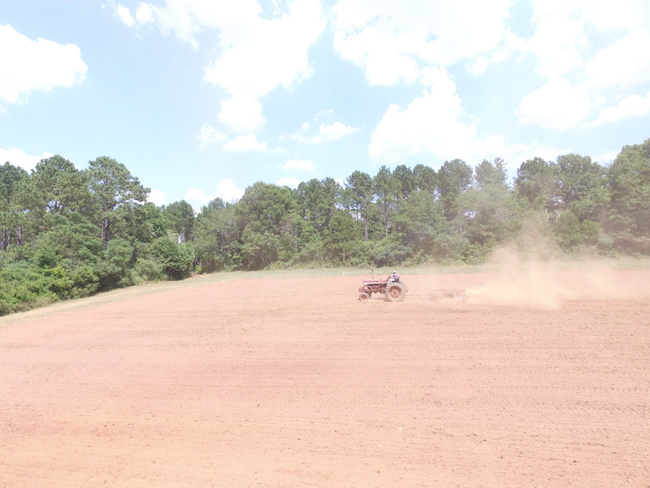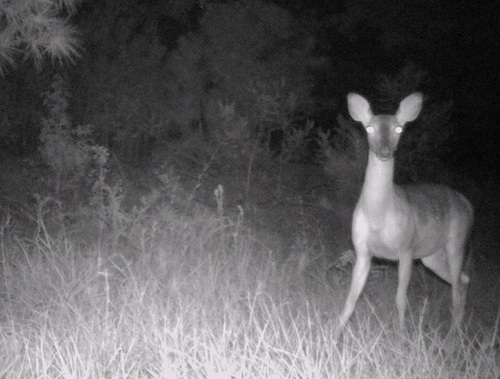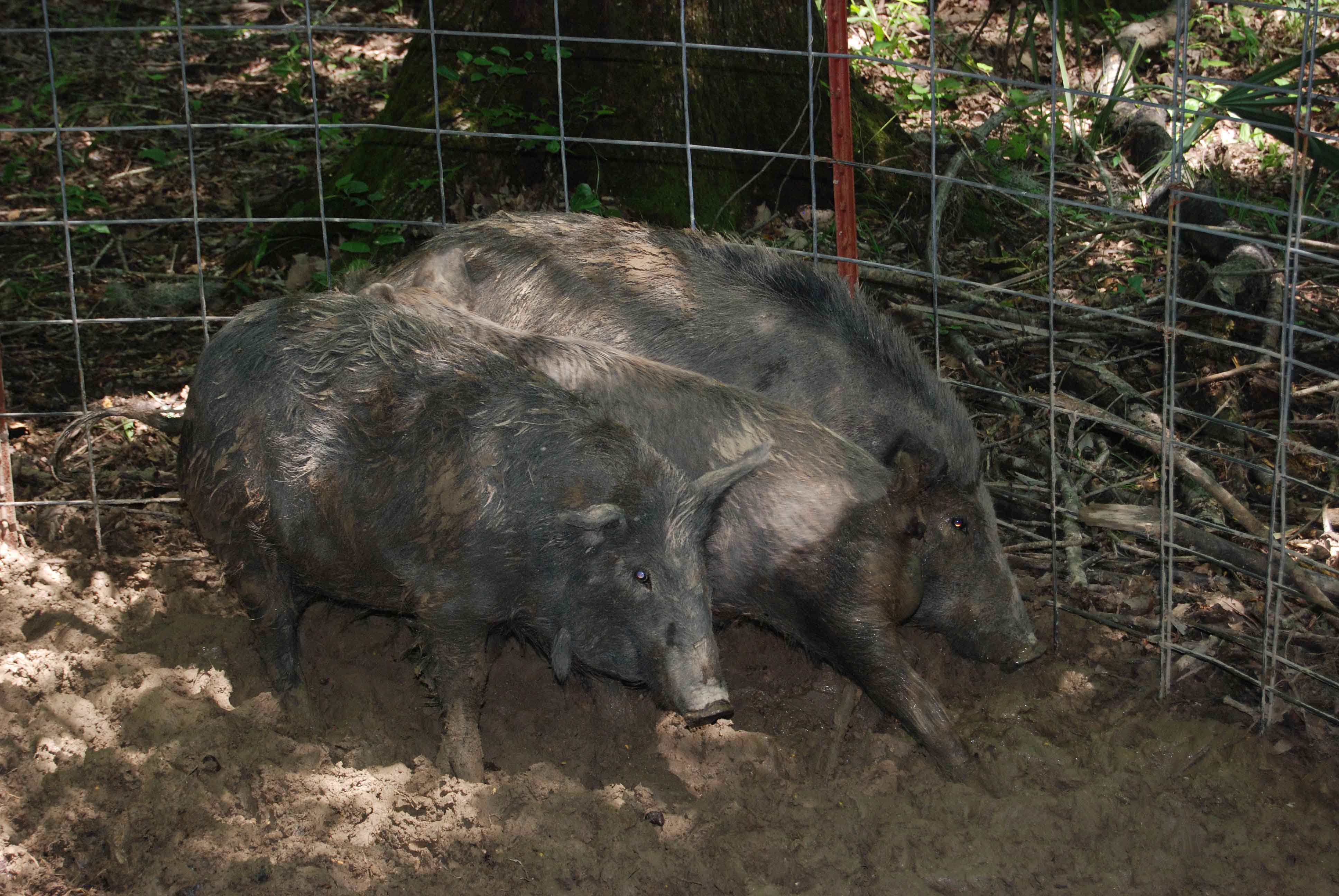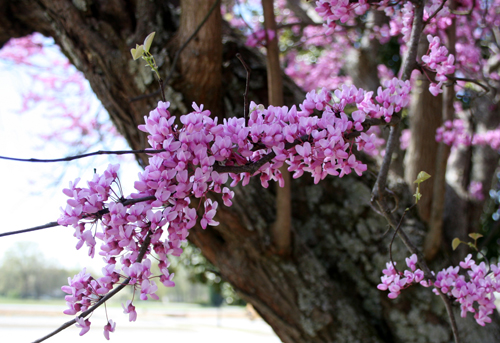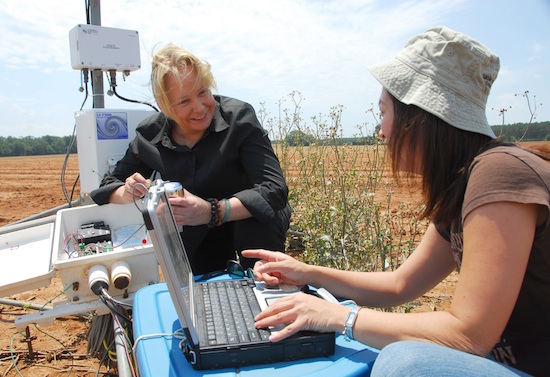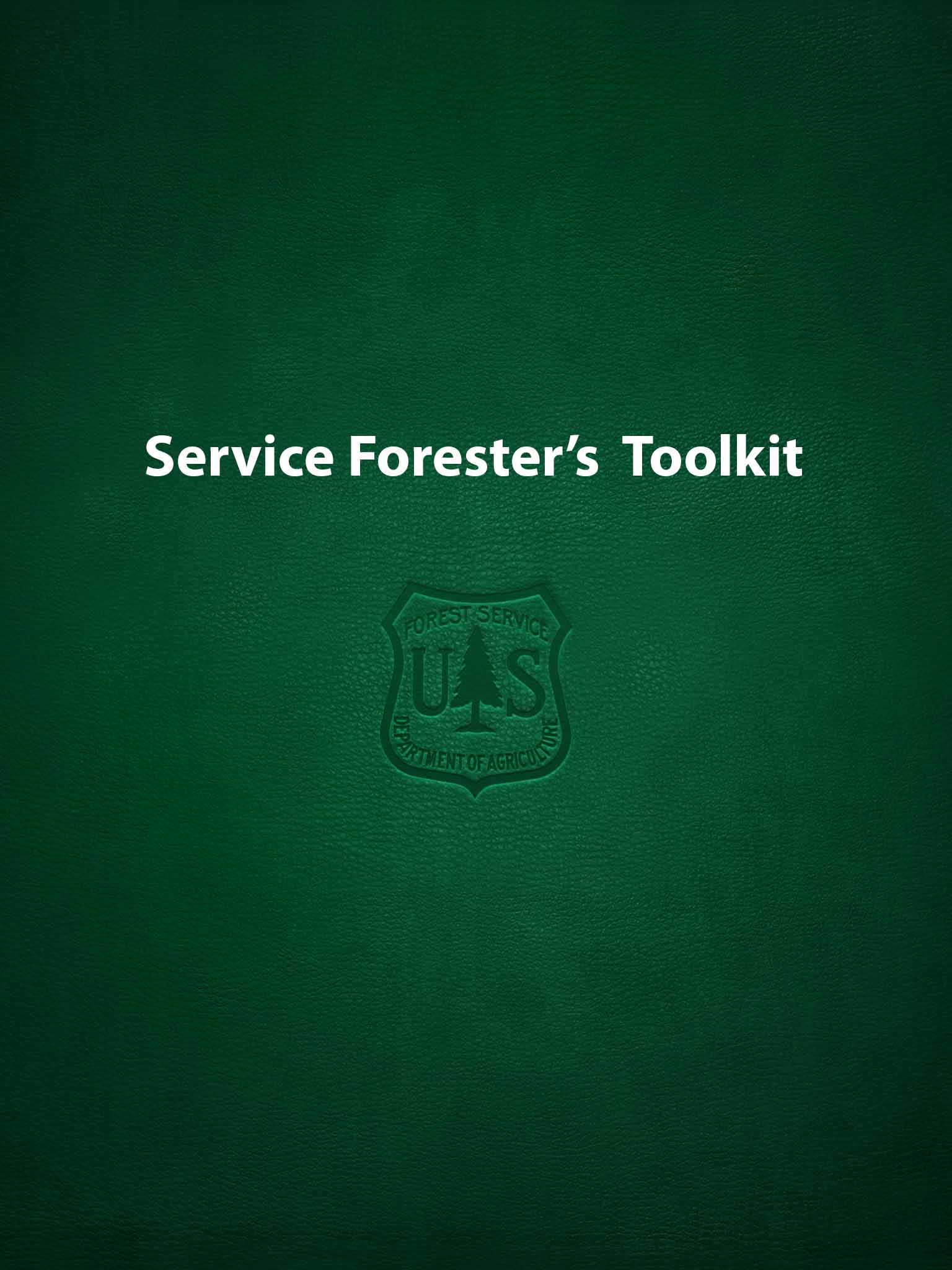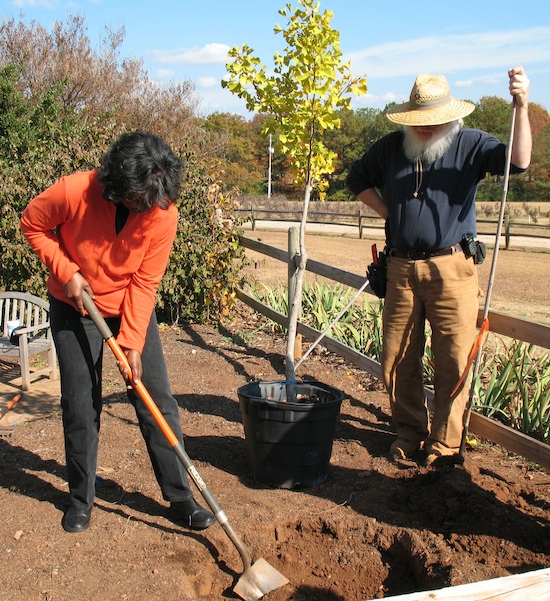 CAES News
CAES News
Tree Planting
The transition of leaf color symbolizes an end to the growing season, but it is the best time of year to start trees in our landscape. When correctly sited and planted, a fall-planted tree will perform better than a spring-planted tree because the fall tree will establish roots before the warm summer temperatures draw moisture from and cause stress to the tree.

